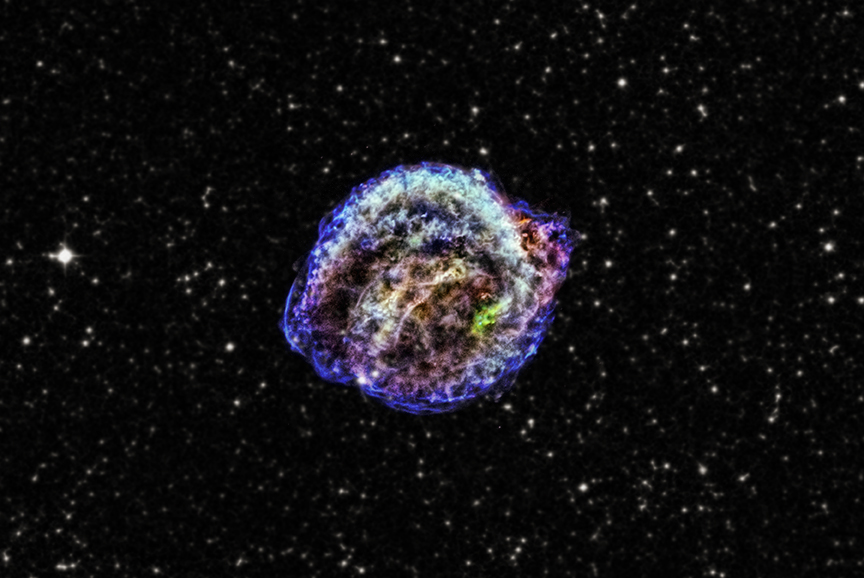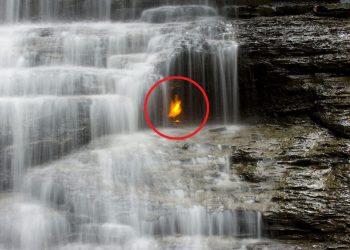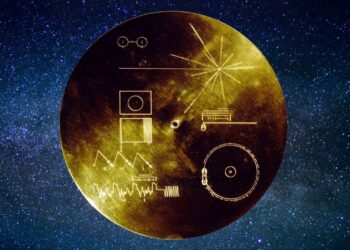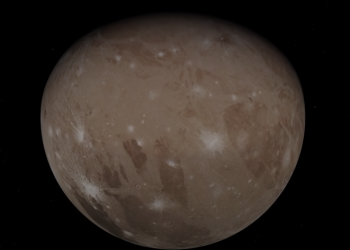The universe is an incredible and dangerous place. The more we explore it, the more we are left awestruck by it. More than 2.6 million years ago, Earth may have been rocked by something far beyond its atmosphere — a cosmic explosion powerful enough to alter the course of life itself. Scientists now believe a supernova mass extinction event could be behind one of the planet’s lesser-known die-offs, offering a glimpse into how space and life on Earth are more connected than we once thought.
Supernova Mass Extinction, A Distant Threat
Roughly 150 light-years from Earth, a massive star met its end in a brilliant explosion — a supernova. For ancient Earth, it must have appeared as a glowing beacon in the night sky, outshining the Moon for weeks or months. But the real danger came centuries later, in the form of a relentless wave of high-energy cosmic radiation.
That radiation, scientists now suggest, likely triggered long-term climate change on Earth. It may have thinned the ozone layer, altered ecosystems, and played a direct role in the supernova mass extinction event that occurred at the end of the Pliocene epoch.
Iron-60: Tracing the Aftermath
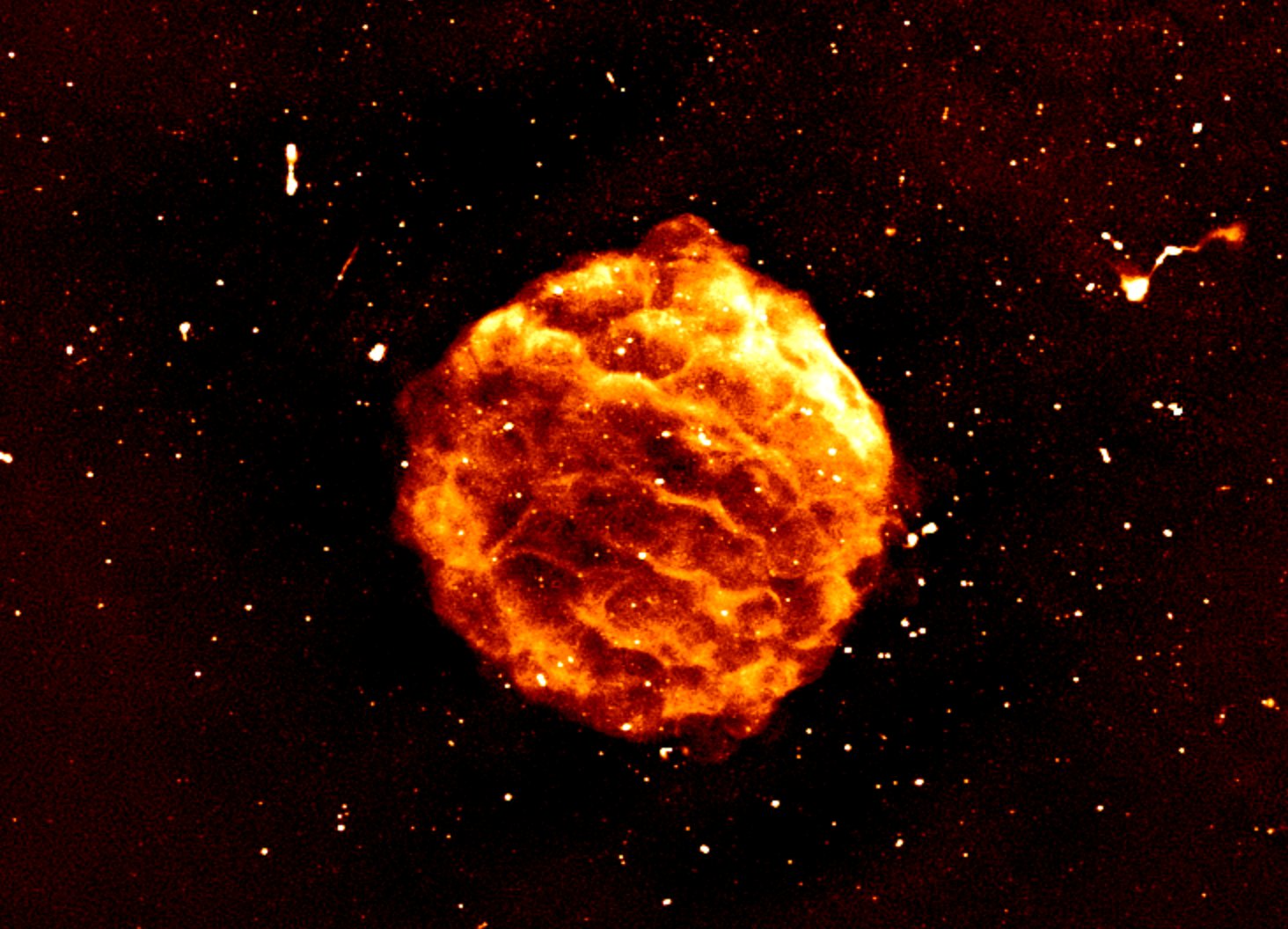
The smoking gun? A rare isotope called iron-60, found in ocean floor sediments. This element doesn’t occur naturally on Earth — it’s made in supernovae. When scientists discovered a layer of it dating back 2.6 million years, it pointed directly to a nearby stellar explosion.
This cosmic fingerprint helped researchers — including physicist Adrian Melott and his colleagues — link the timing of the explosion with a shift in Earth’s biodiversity. Species declined. Others vanished. And new life slowly began to take hold in a changed world.
Cosmic Chain Reactions
Some experts believe this wasn’t a one-time event. The Earth may have been caught in a series of nearby supernovae, which together formed what’s now called the Local Bubble — a massive, low-density region of hot gas stretching hundreds of light-years.
These explosions could have created a kind of cosmic echo chamber. Charged particles from supernovae would bounce back and forth inside the bubble, showering Earth with cosmic rays for tens of thousands of years. It wasn’t a single strike — it was a sustained cosmic barrage.
The idea that a supernova mass extinction reshaped Earth’s surface isn’t just theory. Evidence suggests it may have triggered glaciation in the Northern Hemisphere, cooled global temperatures, and disrupted marine food chains. For many species — especially large marine mammals — it marked the end of the road.
But just as with other extinction events, this cosmic disturbance opened new doors. It marked the rise of new ecosystems and, eventually, paved the way for human ancestors to emerge into a cooler, drier world.
The Most Famous Supernovae
When it comes to supernovae that have captured both scientific and public imagination, a few stand out above the rest. The most famous is probably SN 1987A, the brightest explosion seen in over 400 years, lighting up the skies of the Southern Hemisphere. Then there’s SN 1604, also known as Kepler’s Supernova, which was visible during the day in 1604 and closely studied by Johannes Kepler himself.
SN 1054, the one that formed the Crab Nebula, was recorded by Chinese and Islamic astronomers and stayed visible in the sky for nearly two years. More recently, SN 1993J in the galaxy M81 drew major attention, especially among amateur astronomers. And of course, there’s Tycho’s Supernova from 1572, which helped shake up the old belief that the heavens were unchanging — a cosmic wake-up call from deep space.



